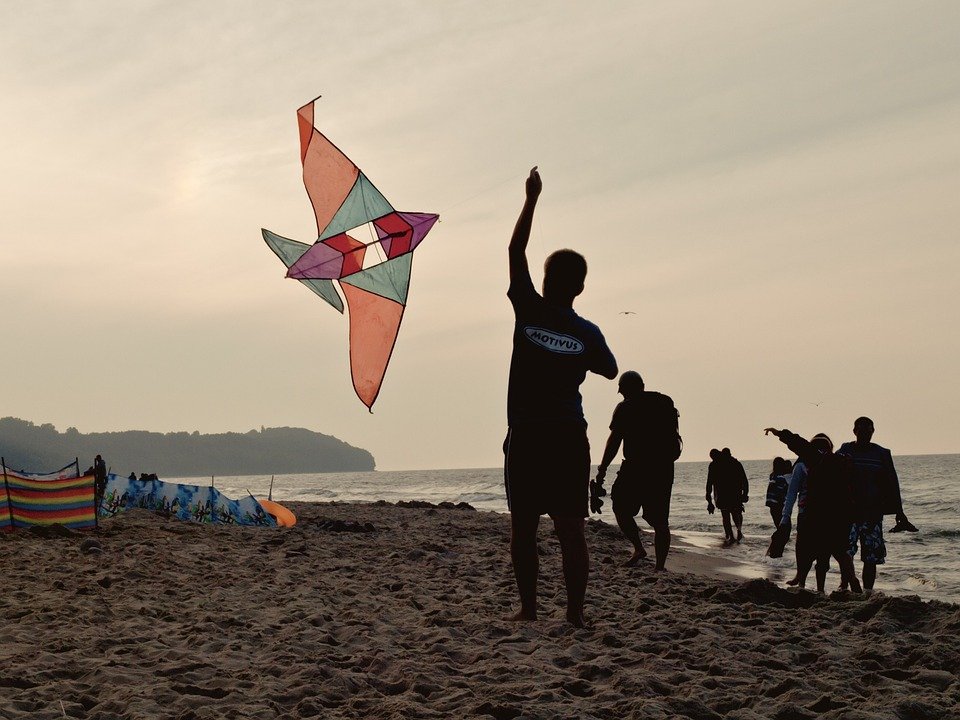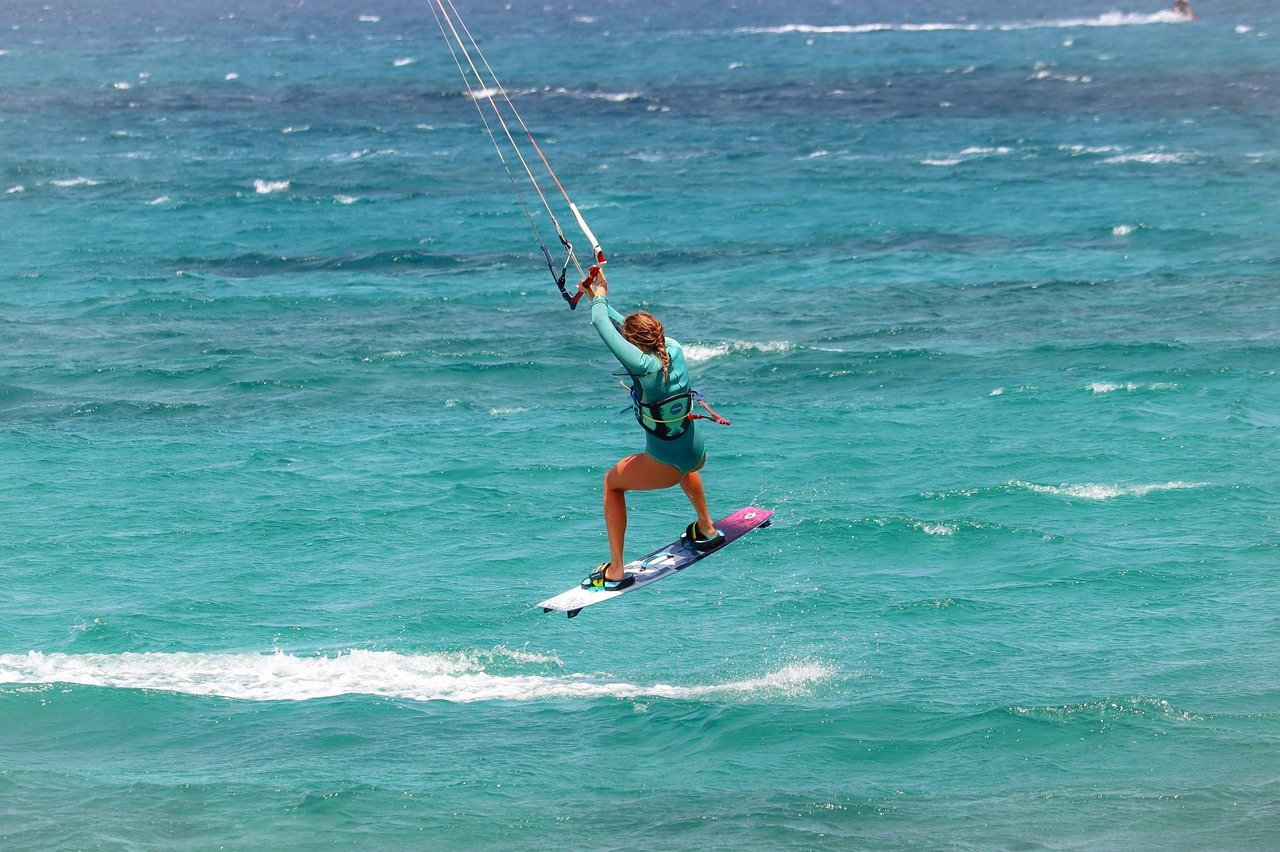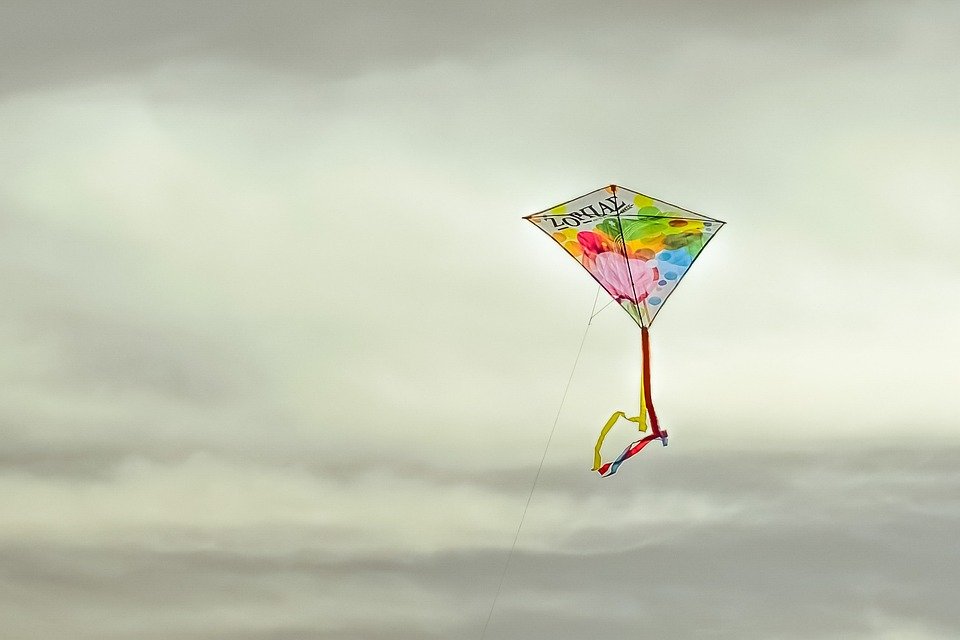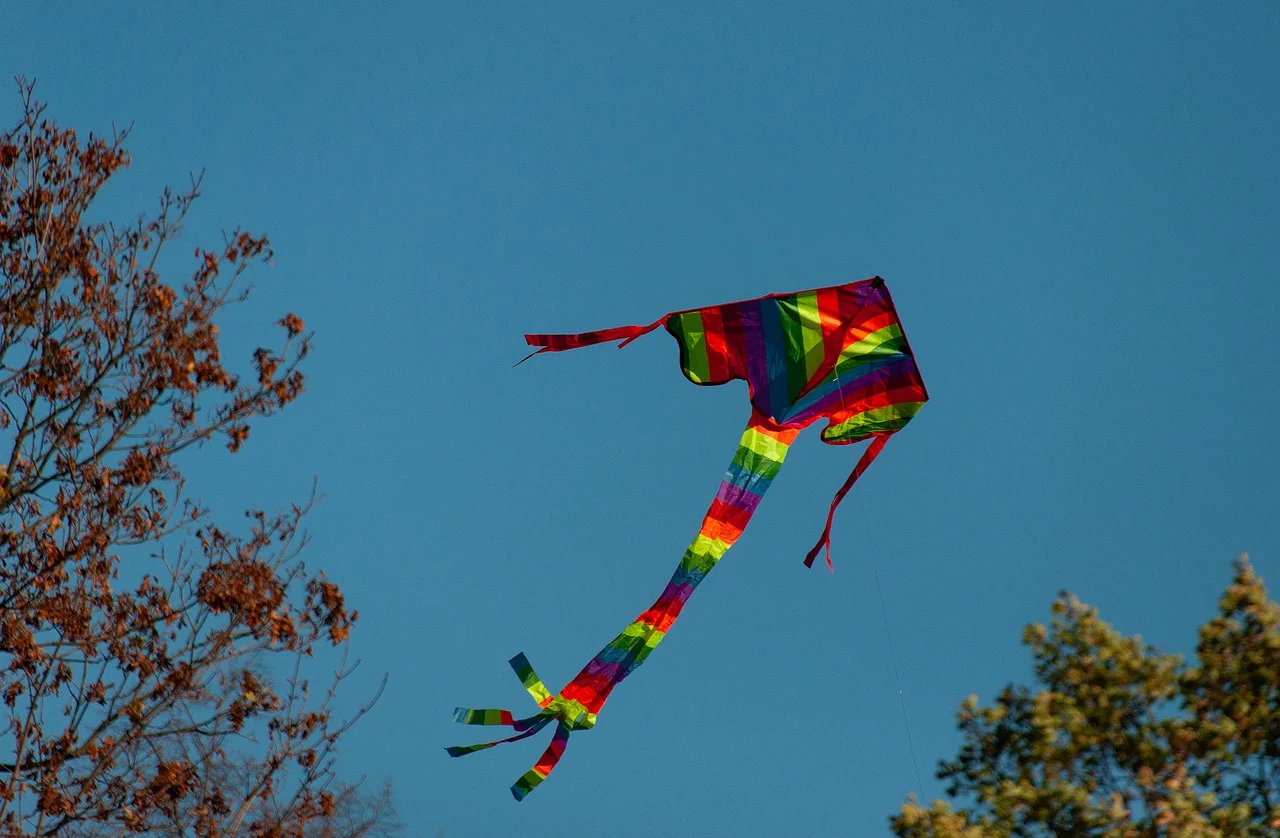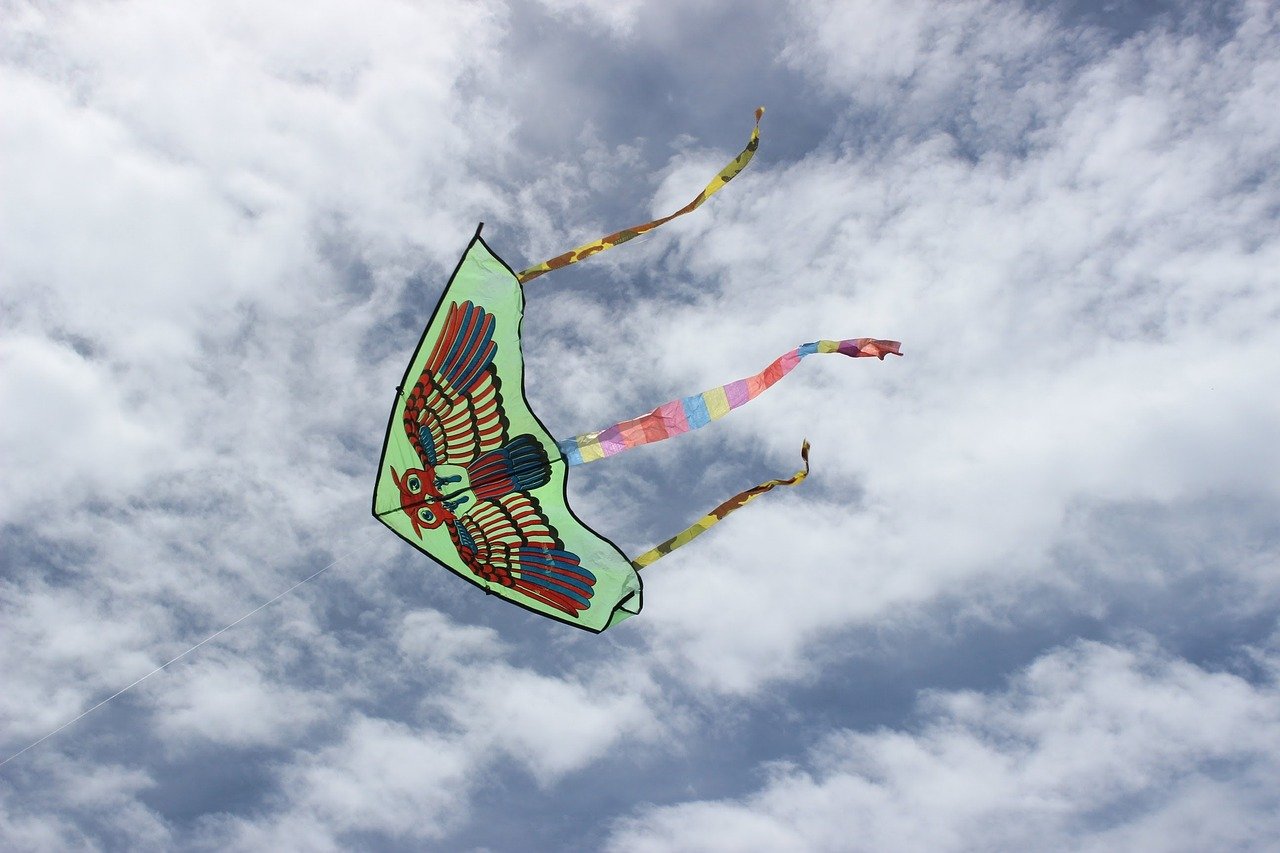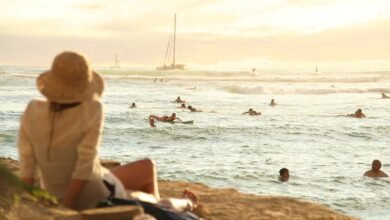Why Can’t I Fly a Kite at Cedar Beach Best in 2024/5
Why Can't I Fly a Kite at Cedar Beach Best in 2024/5
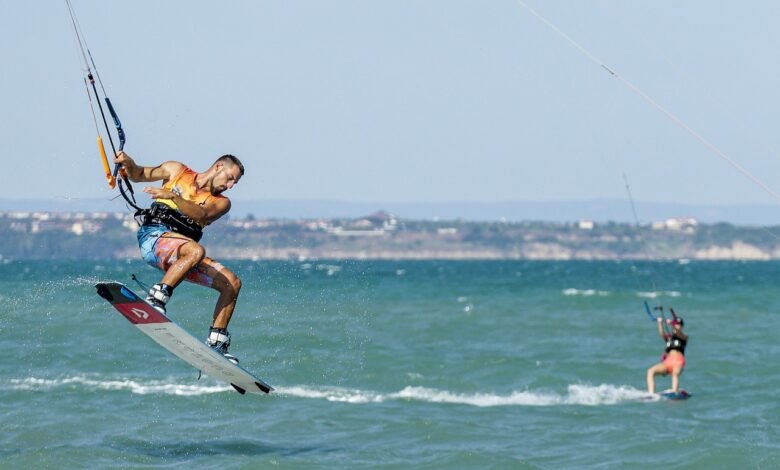
Investigate why Can’t I Fly a Kite at Cedar Beach. Look into the local wind patterns, the structure of the beach, and other possible limitations concerned with kite flying. Provide better solutions and alternatives than have been provided at Cedar Beach concerning kite flying.
Why Can’t I Fly a Kite at Cedar Beach
There are few things that can be quite as liberating as flying a kite. It offers the much needed rush of physical activity and the pleasure of watching something lift off and hover in the skies. However, flying the kite at Cedar Beach is not as easy as one may think and there are certain complications that may arise. This article will address the complications and reasons why kite flying is difficult at Cedar Beach and will also talk about the aspects of kite flying in general.
Why Can’t I Get My Kite to Fly?
Kite flying is most probably one of the most overwhelming activities for beginners and even the experienced ones in the face of getting close to getting their kite in the air. The problem has numerous variants that are likely to cause this limitation:
- A level of wind is lacking: for kites to be lifted up and supported in the air some level of wind is needed. If there is insufficient wind, the kite may not take off, or it may be impossible to keep it in the air.
- The wrong when erecting the kite: ensure that you build the kite as guided by the manufacturers. A kite that has not been properly stretched or is wrinkled will struggle to fly.
- Inappropriate kite for those weather conditions: Kites have variations designed for specific wind speeds and situations. One cannot use a kite in the prevailing weather condition without compromising its effectiveness.
- Knott or mess on lines: Ensure there are no knots or mess in your kite lines that might restrict flight.
- Bad launching stance: The angle the kite is launched at can determine its ability to rise into the air and fly.
- Other structures: Foreground elements in the form of trees and buildings also affect the wind direction creating eddies which hinder optimal performance in a kite.
To increase your prospects of success, it will help if you try to fix these common faults and concentrate on kite-flying practice in different environments.
Is it OK to Fly a Kite at the Beach?
In general, flying a kite at the beach is considered fun as well as suitable. Beaches may often have the best kite flying conditions including:
- Ample room: Most beaches are open without any restrictions which is suitable for kite making.
- Stable wind: Such places too are archipelagos so a lot of the time there are strong sea breezes, which are great for kites.
- Cushioning ground: The sand acts as a cushioned ground if your kite accidentally dives down.
- Picturesque setting: A sea sky and some bright colored kites can be a tantalizing sight.
However, a few issues should be taken into consideration while beckoning at the sky with your kite on a beach.
- Regional restrictions: Some relates to summer beach season and such others geographic regions restrain the use of kites.
- Safety issues: Remember that there are other people who enjoy the beach as well as swimmers and animals who may be interfered with by the kite.
- Littering: Avoid kite flying, leaving or disposing any rubbish of kite operation including broken parts of kites on the beach for the sake of the ocean animals and people not littering Everywhere.
- Winds: Flying a kite can be risky when the winds are too strong or stormy weather is approaching, so don’t forget to look at the weather report beforehand.
Can You Fly a Kite on Galveston Beach?
This article mainly talks about Cedar Beach but Galveston Beach, another famous beach, usually has a kite flying policy. With its vast miles of shoreline and usually windy conditions, Galveston beach gives great satisfaction to the kite fliers.
Nonetheless, there are some things to note when it comes to a beach like any other:
- Beach regulations: Most importantly, find out whether it is permissible to fly kites on Galveston Beach or not in accordance with prior research.
- Some storms: At times, specific beach areas, especially during the high season, can be overly busy to the extent that flying a kite safely is impossible. So choose better areas.
- Restricted areas: Child molesters are not allowed to use kites in flight near sea birds when they are nesting and also close to other structures that have a delicate ecosystem.
- Wind: Be aware that winds at the beach in Galveston are not constant; hence, ways of flying a kite must be flexible.
- Avoid other people, building structures, and even power lines crisscrossing the beach.
What Time Does Kite Beach Open?
Though “Kite Beach” signages may be missing at Cedar Beach, several kite-flying favorite beaches display operating hours. They differ with the place, the time of year and the law of the land. Below are broad recommendations.
- Public beaches: A majority of the public beaches, Cedar Beach included, operate generally from dawn to dusk.
- Designated kite flying areas: Certain places may include distinct zones for kite flying that may bear their own business hours.
- Seasonal variations: The hours of operation for the beaches may be subject to the variations of the seasons with summer having the longest hours.
- Special events: Events such as kite competitions or any other activities organized on the shores of the beach may have different hours of operation policy.
- Parking considerations: Clear understanding and agreement on the terms of use of the premises is very important. Even the aaasis accessible all hours may limit use of its premises – parking.
For the most definitive answer with respect to when and whether kites can be flown where it is possible to fly them at Cedar Beach or elsewhere, you should contact the local parks and recreation department’s office or visit the beach’s main official site.
What Are the Conditions for Flying a Kite?
There are several noteworthy factors that help in making kite flying successful.
- Wind Speed: Usually, most Kites are flown at a wind speed of about 5-25 miles per hour, however this highly depends with the type of the kite. The light wind kites can fly within the range of 4-6 mph, while the more powerful kites can fly within the range of 8-25 mph.
- Wind Angle: A constant breeze that is almost directly on shore or better slightly offshore is the best wind to have. This helps to minimize air disturbances for better controlled wind flow.
- Open Space: An open space with minimal obstacles such as trees, buildings and electric cables is a prerequisite for kite flying to ensure safety.
- Weather: Bright or moderately cloudy weather is preferable. Do not attempt to fly a kite in heavy winds and thunderstorms or when rain is eminent.
- Selecting the right Kite: On windy days, pick kites that are able to handle that kind of wind coupled with your kiting experience.
- All Gear In Place: Be in possession of the correct line, handles and any other relevant components for the specific kite.
- Risk Assessment: Risks should be evaluated at all times and one should be careful about the surroundings.
If you know and consider all these factors you definitely will be able to enjoy kite flying no matter where it is done.
Cedar Beach Specific Challenges for Kite Flying
Since we have discussed some general information regarding kite flying, let us now shift our attention on the potential aspects which can make kite flying at Cedar Beach more difficult:
- Wind patterns: There might be wind pattern irregularities at Cedar Beach due its relative geographical position and the land mass around it.
- Coastal features: The geography of the coastline as well as structures in its vicinity may cause the winds to swirl in certain patterns creating calm or turbulent regions.
- Vegetation: In some cases, vegetation such as trees and dunes immediately close to the beach may block the wind and make conditions for flying difficult.
- Beach layout: The design of the beach especially its width and slope may determine how easy or hard it is to locate a desirable beach for launching.
- Local regulations: When within the Cedar Beach limits, kite flying has certain restrictions which may include all specific time periods and geographical regions.
- Crowding: Kite flying may not be practical as the beach could be full of people at certain peak times of the year.
To mitigate these challenges, the following suggestions can be put into practice:
- Go when it is less busy or visit in low season so that you can have enough space to fly kites.
- Move around the region of the beach looking for the perfect windy spot.
- Pack several kites for varying wind factors (speed or direction).
- Consider the weather and the wind before coming out there for action.
- Ask the locals about any relevant information concerning kiting at Cedar Beach and even better, sign up for a Cedar Beach kite club.
Types of Kites Suitable for Beach Flying
The correct selection of a kite according to the beach condition will enhance the chances of flying dramatically. The following are some types of kites that do quite well at beaches:
- Delta Kites: Delta kites come in the form of a triangular shape, hence they are stable in flight and are easy to fly. Therefore they are suitable to beginners and flying within light – moderate winds.
- Parafoil kites: These are soft, inflatable kites. Because they are simple and compact, they can be folded and stored in a small bag. They have been designed to withstand most winds.
- Stunt Kites: These kites are more for advanced flyers as they are very trickable kites that can be flown in a controlled manner. They are ideal for moderate to strong winds.
- Box Kites: These types of kites are very stable in flight, are good with strong winds and also can be quite artistic.
- Diamond Kites: As the name suggests, these are the traditional shapes of the kite. They are also versatile kites that can be flown in different wind conditions.
- Power Kites: Not only do these type of kites range in size, they also come with power designed to pull a person. Such kites are used for kitesurfing among other things, which is an activity that requires a lot of experience to be carried out safely.
In selecting a kite for Cedar Beach, it is wise to factor in the wind conditions most suhwwwce ne and from there the kite will be piloted. In most cases, it is wise to carry a few types of kites so as to help cope with the changing conditions.
Safety Considerations for Beach Kite Flyin
Flying a kite is a safe sport in most cases, however, there are a few precautions that are worth noting that apply when flying at a beach, in particular:
- Keep an eye on the weather conditions: Always consult the weather update and carry out the activities accordingly knowing the weather can change in a matter of minutes.
- Look out for places to avoid: Do not fly the kite too close to trees, power lines and other objects that may get the kite stuck.
- Be considerate: Do not put those around you especially the other beach goers at danger by flying the kite in crowded places.
- Sunscreen: Usually when one is flying kites on the beach, there is a lot of exposure to sun, thus the need for sunscreen and covering up.
- Line Safety: Take care of the kite line as it can cause cuts or even burns if improperly used.
- No need to fly in very strong winds such that you do not have control over the kite anymore.
- Quick Release: Learn how to release the kite quickly and without any injury when the need arises.
- The birds and animals: Avoid the nesting or feeding grounds of birds or other animals when kite flying.
- Maintenance: Inspect your kite and lines for damage on a regular basis.
- Federal restrictions: Check if there are any prohibitions or restrictions regarding the use of kites in the particular area you have traveled to.
Adhering to these safety standards, anyone can have fun flying kites in the Cedar Beach or anywhere else without any worries.
Improving Your Kite Flying Skills
Cedar Beach was windy, but no one was able to fly their kites, and perhaps it’s time to work more on kite flying in general. Here’s how to do better:
- Work on launch techniques- It means you would have to learn how to get your kite into the air in different wind conditions by various launch techniques.
- Learn to read the wind: This means knowing how to see or feel the direction and speed of wind.
- Learn how to control the lines: It refers to tying knots to the kite lines in order to steer the kite and help it stay level.
- Know how to tune your kite: This is the ability to modify the design of your kite in relation to the wind conditions.
- Use different types of kites: This is to say that one should practice flying different types of kites because one is bound to find what suits one, their skill or even preference.
- Find and connect with people who love the same activity: Interact and exchange ideas, methods, and experiences with fellow aficionados.
- Participate in kite flying competitions: Be part of learning events where people showcase their skills and advanced techniques are displayed.
- Train yourself : Repeated exposure to a particular activity improves performance skill enhancement.
- Improve knowledge on how kites work in the air: Knowing how kites work can help in fixing persistent problems in flying kites from the use.
- Take it easy: Do not forget that even the best kite flyers have their off times, so do not get too discouraged if you are not at your best.
Alternatives to Kite Flying at Cedar Beach
If the activity of flying kites at Cedar Beach has proved to be too demanding, here are a number of other activities that you might consider engaging in:
- Playing sports on the sands: Play volleyball, throw a frisbee or pound a paddle ball as more manageable windy activities on the beach.
- Engaging in wind oriented sports: Go for windsurfing, kitesurfing or sailing in case you love being involved in activities with the wind.
- Sand sculpting: Explore the beaches in a more artistic way by making sand castles and other figures.
- Shell collecting: Walk along the beach searching for unique shells, stones or other items found in nature.
- Taking pictures: Take landscape pictures of Cedar Beach or photos of other living creatures present on this beach.
- Watching nature: Participate in the soothing practice of watching out for birds or spotting animals in the ocean.
- Meditating or doing yoga: Take advantage of the serene beach atmosphere for practices that involve relaxation such as yoga and meditation.
- Doing sporting activities: Where appropriate, wala balance a surf fish or fish over the tide.
- Having a beach picnic: Savor a meal with the ocean as a backdrop by having a picnic on the shores.
- Visit Other Entertainment Options: Look for other leisure activities around the area of Cedar Beach.
There are many other exciting outdoor activities that can be done at the beach as well as taking advantage of the wind rather than only kite flying.
Conclusion
Cedar beach holds all sorts of difficulties when it comes to flying kites, but however this is a recreational pursuit that can be achieved by anyone who knows the proper way of doing it and has the necessary tools and skills. Awareness of the different weather patterns that one may encounter at Cedar Beach, the correct kite for the right conditions, and adherence to basic safety rules will hardly deny any of the would-be kite fliers the pleasure of performing this activity safely and successfully.
There is nothing wrong anew if kite flying becomes an endless battle – many young people do not have to solely depend on flying kites for there are other amazing things to do at the beach. Whether it is kite flying, or any other engaging activity on the sand, or simply enjoying the picturesque scenery, it goes without say that Cedar Beach has an idyllic setting that supports both indoor and outdoor recreation.
